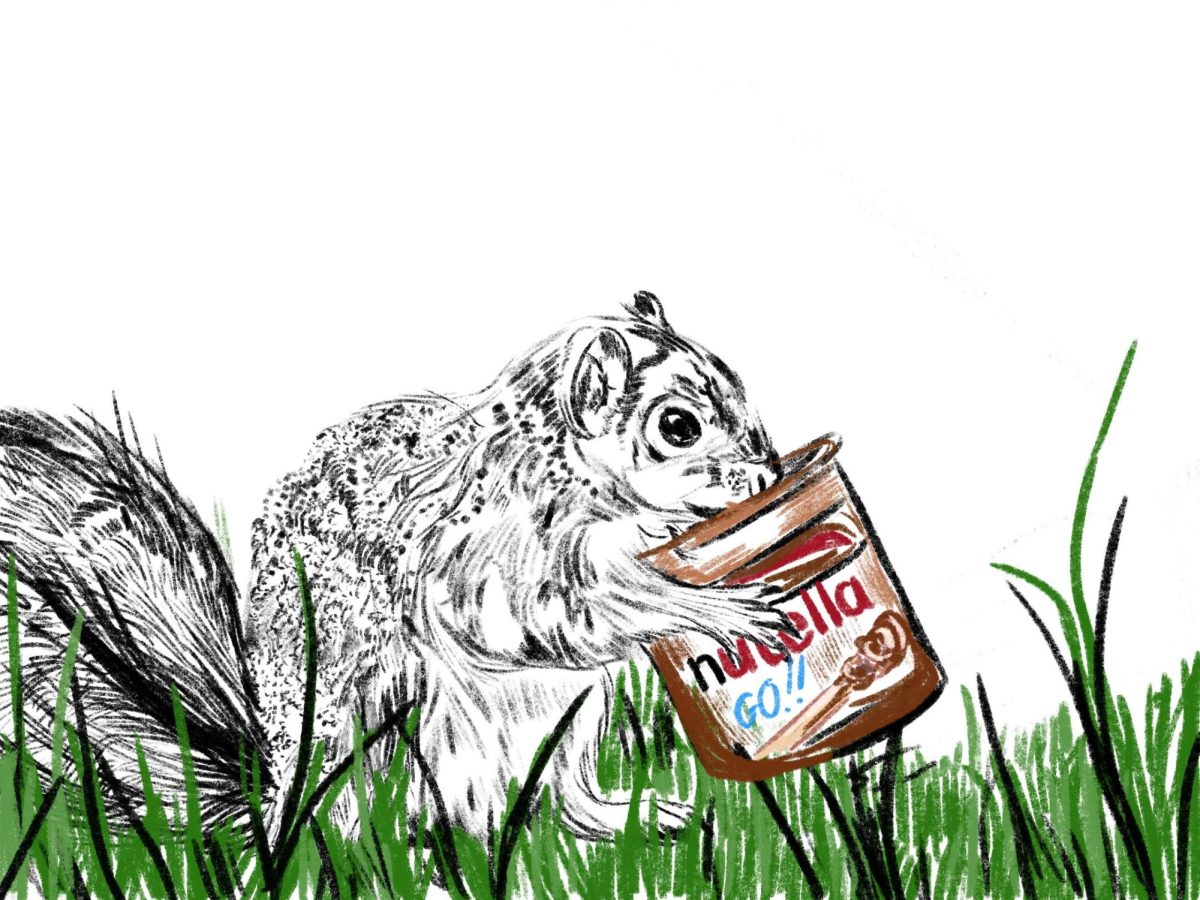Near the finish line of the Boston Marathon, photographers watched the race through the delimiting frame of their viewfinders. They heard and felt two explosions, but most would not have seen the blasts — the magnified perspective of a telephoto lens narrows the field of view, eliminating peripheral vision. As they photographed the chaos of the unfolding scene, they documented the horrific injuries of the victims and the heroic efforts of emergency personnel and bystanders. One photograph has become the iconic image of the attack. In news articles and social media, people have been calling it “The Man in the Cowboy Hat.”
Charles Krupa’s photo for the Associated Press depicts a man in a wheelchair being rushed from the scene, escorted by three people: a woman in a tracksuit (furthest from the camera), an EMT in neon with a radio clipped to his chest and another man with long hair and a cowboy hat. This is a photograph of four people — so why is it called “The Man in the Cowboy Hat?” And, among the hundreds of photos of injury and rescue, why has Krupa’s photo become the singular iconic image of the Boston Marathon bombing?
The photo is one of the most graphic images of the attack, and surely that accelerated its viral spread across the Internet. The victim (later identified as Jeff Bauman) is ashen from shock and loss of blood. Shredded tissue dangles from the stumps of his legs, exposing the splintered tibias. His shirt and the side of his face are blackened, presumably by soot from the blast. Too explicit to be published unaltered in most newspapers, editors cropped the photo at Bauman’s knees (just where his legs were later amputated at Boston Medical Center). As in Nick Ut’s iconic photo “Napalm Girl” and Eddie Adams’s “Saigon Execution,” shocking violence is one part of what makes Krupa’s photo extraordinary — but violence and victimization aren’t the defining characteristics here. People aren’t calling this photo “Man with No Legs” — to most viewers, Bauman isn’t the primary subject of this photograph. It’s that other guy, the one with the hat.
In a story about a bombing, most Americans expect photographs of victims and medical technicians — a decade of photojournalism from Iraq has conditioned us to regard those images with the detached concern of conscientious civilians. To us, the violence of war is comprehensible, but also unimaginable. We read and believe the stories; we see the photos; but those men in uniform and those broken victims are so far away, their lives so unlike our own, that we can’t imagine ourselves there with them. We might likewise fail to empathize with Bauman, not from a lack of sympathy but from a lack of relatable experience. Most of us can’t relate to the EMT, either; his duties are highly specialized. Reacting to this photograph, we see a victim, an authority, and the man in the hat, who could be anybody.
It turns out that the man in the cowboy hat, Carlos Arredondo, has a dramatic story of his own. His son Alexander died in Iraq, and Carlos was so stricken with grief that he attempted suicide by immolation when he heard the news. His other son, Brian, killed himself in 2011. Carlos has become a peace activist and a suicide prevention advocate. But when this photo was flying through social media networks in the immediate aftermath of the attacks, few people knew anything about Carlos Arredondo, not even his name. His hat indicates that he is not a runner, not a paramedic, and probably not a Bostonian. He’s just a bystander. He’s not supposed to be doing anything in this moment but feeling terrified. But there he is, pinching closed Jeff Bauman’s severed femoral artery.
Shooting the Marathon for Bloomberg, Kelvin Ma photographed Arredondo and Bauman at the same moment that Krupa captured “The Man in the Cowboy Hat.” But Ma’s photograph will not be such an enduring icon. Iconic photographs are not the product of chance. Yes, Alfred Eisenstaedt happened to be in Times Square at the right moment to photograph an (initially) unidentified sailor as he grabbed an (initially) unidentified woman for a celebratory kiss on V-J Day, but Eisenstaedt wasn’t the only cameraman to capture that moment. Victor Jorgensen photographed the exact same kiss, but the disorganized composition of Jorgensen’s photograph feels like a voyeuristic snapshot. Eisenstaedt’s “V-J Day in Times Square” shows just a sliver of each kisser’s face, and all the bystanders in Eisenstaedt’s photo are facing the camera, as if coordinated in common purpose. Because they’re anonymous, the two kissers are surrogates expressing a national sentiment. Anyone could be, if not one of the kissers, at least somewhere in the crowd.
Ma’s photograph is shot from an elevated position, with a telephoto lens. Krupa photographed at street level, with a lens similar in magnification and angle-of-view to the human eye. When we look at “The Man in the Cowboy Hat,” we feel as if we are just inches away, because Krupa really was. We can imagine ourselves, if not wearing Arredondo’s hat, at least running by his side, pushing the wheelchair from Bauman’s left. That’s why this photograph has become an icon of the Boston Marathon bombing — it unflinchingly depicts the effect of violence, but the central narrative is about the response to violence, in which we are all invited to participate.
Valentine is a lecturer in the Plan II Honors Program who graduated from UT with a Bachelors of Arts in Plan II and English in 2000.




















